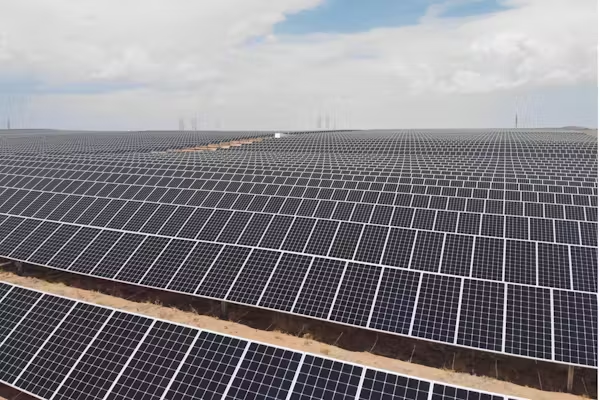Solar Panel Technology is Set to be Turbo-Charged – But First, a Few Big Roadblocks Have to be Cleared
time:2023-09-13 10:08:30 Views:0 author:Jinan Freakin Power Ltd.
Solar panel technology has made enormous progress in the last two decades. In fact, the most advanced silicon solar cells produced today are about as good as the technology will get. So what’s next? Enter “tandem solar cells”, the new generation in solar technology. They can convert a much greater portion of sunlight into electricity than conventional solar cells. The technology promises to fast-track the global transition away from polluting sources of energy generation such as coal and gas. But there’s a major catch. As our new research shows, current tandem solar cells must be redesigned if they’re to be manufactured at the scale required to become the climate-saving technology the planet needs.

A solar cell is a device that turns sunlight into electricity. One important measure when it comes to solar cells is their efficiency – the proportion of sunlight they can convert into electricity. Almost all solar panels we see today are made from “photovoltaic” silicon cells. When light hits the silicon cell, electrons inside it produce an electric current. The first silicon photovoltaic cell, demonstrated in 1954 in the United States, had an efficiency of about 5%. That means that for every unit of the Sun’s energy the cell received, 5% was turned into electricity. But the technology has since developed. At the end of last year, Chinese solar manufacturer LONGi announced a new world-record efficiency for silicon solar cells of 26.81%. Silicon solar cells will never be able to convert 100% of the Sun’s energy into electricity. That’s mostly because an individual material can absorb only a limited proportion of the solar spectrum. To help increase efficiency – and so continue to reduce the cost of solar electricity – new technology is needed. That’s where tandem solar cells come in.
Tandem solar cells use two different materials which absorb energy from the Sun together. In theory, it means the cell can absorb more of the solar spectrum – and so produce more electricity – than if just one material is used (such as silicon alone). Using this approach, researchers overseas recently achieved a tandem solar cell efficiency of 33.7%. They did this by building a thin solar cell with a material called perovskite directly on top of a traditional silicon solar cell. Traditional silicon solar panels still dominate manufacturing. But leading solar manufacturers have signalled plans to commercialise the tandem cell technology. Such is the potential of tandem solar cells, they are poised to overtake the conventional technology in coming decades. But the expansion will be thwarted, unless the technology is redesigned with new, more abundant materials.




